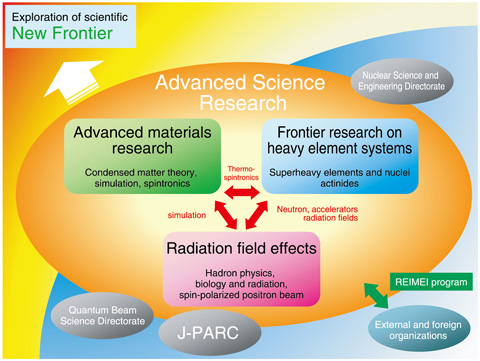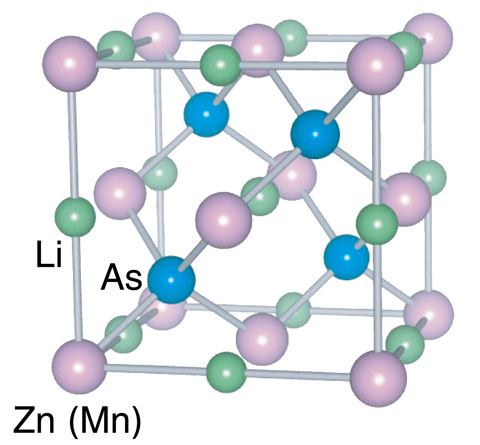
Fig.7-1 Exploration of new scientific frontiers through various collaborations

Fig.7-2 Crystal structure of the newly developed semiconductor Li(Zn, Mn)As
As the sole institute for atomic energy research in Japan, both basic and goal-oriented studies are within the scope of our mission. Nuclear engineering is supported by many fields of basic science and technology, and innovation in each research field can contribute to the evolution of nuclear engineering.
The purpose of the Advanced Science Research Center (ASRC) is to promote cutting-edge research on selected basic science topics, which will enable the exploration of new frontiers in nuclear science.
For the midterm starting at April 2010, “ASRC Visions” are to promote the most advanced basic research in order to establish an international center of excellence (COE) and create new research and technologies. The research projects being pursued can be categorized into three fields: basic research on advanced materials, frontier research on heavy-element systems, and basic research on radiation fields.
Specific topics in the first research field include the development of molecular spin-transport materials and condensed matter theory. Frontier research in nuclear physics, the characterization of superheavy elements, and actinide compounds constitutes the second research field. The third field spans from hadron physics to biology. Collaboration among different research groups in the ASRC and with other directorates is essential for exploring the frontiers depicted in Fig.7-1. The research highlights for 2011 are the detection of NRM signals from 239Pu (Topic 7-1), the discovery of an innovative mechanism for spin-flow creation (Topic 7-2), and the fabrication of a high-quality graphene film (Topic 7-3). These highlights are described in detail in the following pages. Some ASRC researchers are also engaged in studies related to the accident at the Tokyo Electric Power Company, Incorporated Fukushima Daiichi Nuclear Power Station. Results on the visualization of the fallout radioactive Cs in plants are presented in Topic 1-17.
Collaborations with other institutes and universities are essential for ASRC activities, particularly those through the REIMEI research program for promotion of international collaborations. A new ferromagnetic semiconductor Li(Zn, Mn)As (Fig.7-2) has been developed through collaborative research efforts with the Chinese Academy of Sciences, Columbia University, and the University of Tokyo.